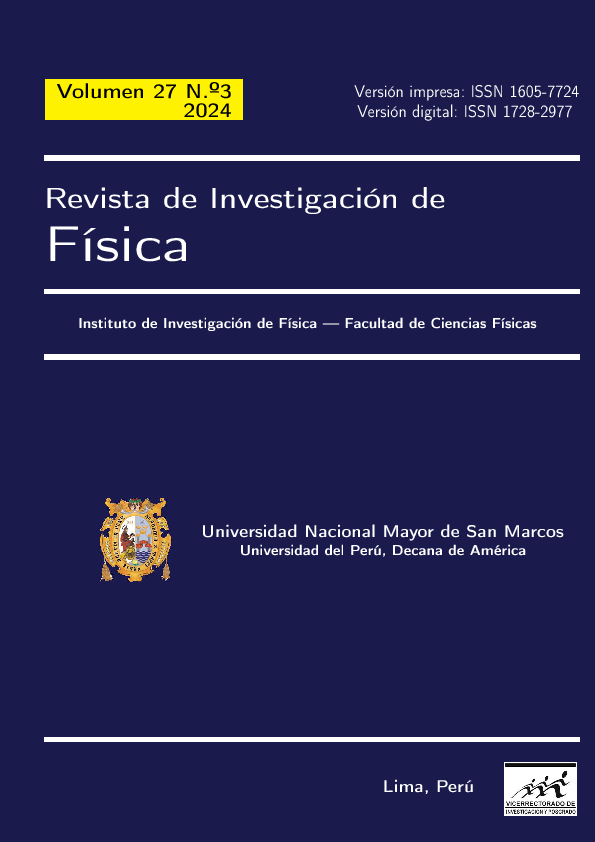The Unified Era: An understanding journey from observations to the Unified Model of Active Galactic Nuclei
DOI:
https://doi.org/10.15381/rif.v27i3.27287Keywords:
Astrophysics, Unified Model of Active Galactic Nuclei, Black HolesAbstract
The Unified Model of Active Galactic Nuclei (UMAGN) serves as a comprehensive theoretical framework designed to elucidate the myriad observations of AGN, encompassing both quasars and Seyfert galaxies. This model attributes observed variations to distinct orientations of a circumnuclear matter disk around a supermassive black hole (SMBH). The primary factor influencing the observational diversity lies in the alignment of the AGN with the observer's line of sight. We provide an exhaustive overview of observational evidence, empirical and theoretical research, tracing pivotal milestones that have led to a unified perspective. Our exposition encapsulates the scientific journey culminating in the proposal of UMAGN, delving into insights regarding the accretion disk, torus, and relativistic jet. We emphasize key properties of objects within the UMAGN framework. Furthermore, we underscore recent progress in multimessenger research involving electromagnetic waves, gravitational waves, astroparticles, and neutrinos. Noteworthy collaborations, such as the Event Horizon Telescope, LIGO/Virgo, IceCube, Pierre Auger, and KM3Net, have significantly advanced this field. We argue that these collaborative efforts present opportunities to enhance and refine UMAGN, thereby contributing to a profound understanding of AGNs and their implications for the formation and evolution of galaxies. The convergence of observational and theoretical research, coupled with emerging multimessenger techniques, paves the way for substantial strides in comprehending these enigmatic cosmic phenomena.
Downloads
Published
Issue
Section
License
Copyright (c) 2024 Leonardo de Lima Santos, Samuel Bueno Soltau

This work is licensed under a Creative Commons Attribution 4.0 International License.
THE AUTHORS RETAIN THEIR RIGHTS:
a. The authors retain their trademark and patent rights, as well as any process or procedure described in the article.
b. The authors retain the right to share, copy, distribute, perform and publicly communicate the article published in the Revista de Investigación de Física (for example, place it in an institutional repository or publish it in a book), with an acknowledgment of its initial publication in the Revista de Investigación de Física.
c. The authors retain the right to make a subsequent publication of their work, to use the article or any part of it (for example: a compilation of their works, notes for conferences, thesis, or for a book), provided that they indicate the source. of publication (authors of the work, journal, volume, number and date).






